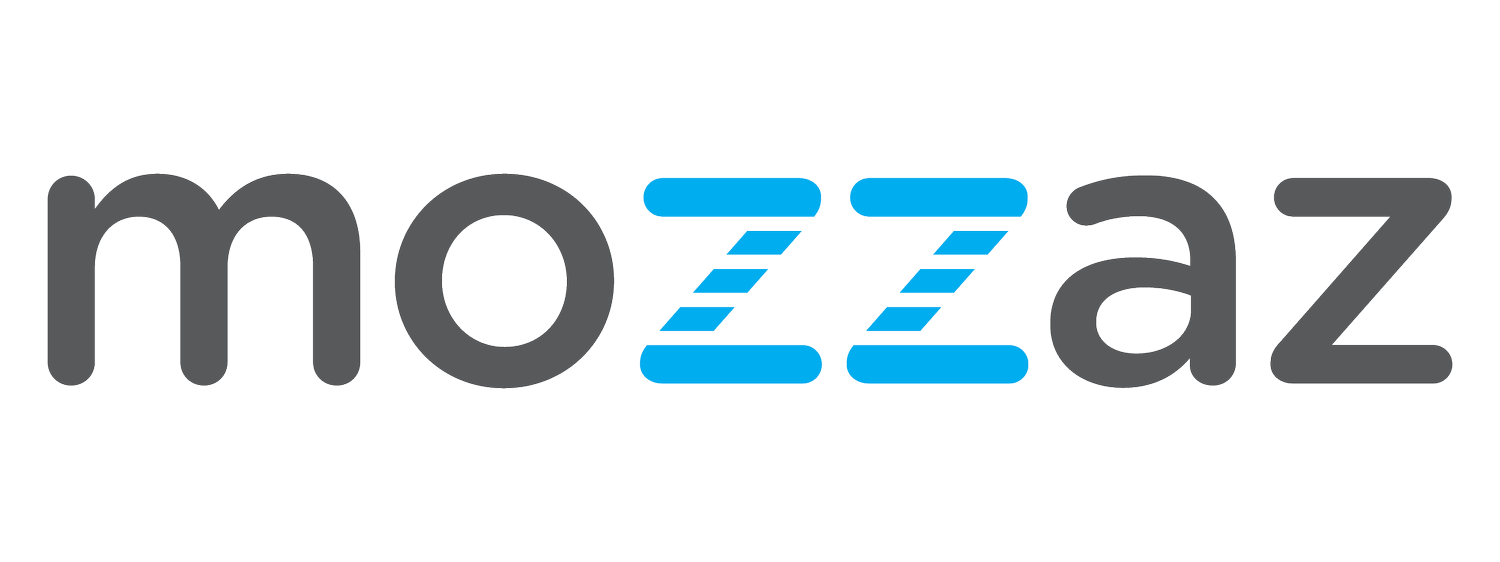Clinician Burnout
Burnout has become a growing health concern among healthcare professionals in the United States, with over half of physicians and one-third of nurses experiencing symptoms (Reith, 2018). This problem has also been linked to higher rates of depression, substance abuse and suicide (Pompeii et al, 2010).
Burnout can be characterized as: emotional exhaustion, cynicism and ineffectiveness in the workplace. Health care workers are especially prone to burnout due to their workloads, pressure and stress they experience daily (Wan, 2019). In recent years, it has been determined that the factors contributing to clinician burnout are a systemic problem, one that must be resolved with a systemic solution, and recognition of clinician burnout as a serious concern. Factors such as work overload, extensive bureaucratic tasks, lack of work-life balance, unreasonable expectations and insufficient resources are just a few of the common themes found associated with clinician burnout (Reith, 2018).
For organizations, burnout can result in significant costs such as absenteeism due to stress-related illness, clinician shortages and high job turnover (Reith, 2018). The CDC has outlined a few strategies for both individuals and organizations that can be effective in combating burnout, among them is the importance of making mental health self-assessment tools available to all healthcare workers to assess risk (Mental, 2019).
In our experience at Mozzaz, the implementation of digital tools can provide a ‘one-stop shop’ for easy access to self-assessments, resources and treatment programs. We have found that digital technology can be a powerful tool to increase accessibility to mental health support and allows for virtual monitoring which encourages people to seek help without stigma concerns, leading to better outcomes. We had a great conversation with Kathleen McGrow, Chief Nursing Information Officer for Microsoft’s Health & Life Science, during our recent Outbreak Management Webinar where we demonstrated the use of technology for staff screening and caseload management especially during this crisis.
References
Burnout Response. (n.d.). Retrieved from https://www.workplacestrategiesformentalhealth.com/managing-workplace-issues/burnout-response
Mental Health in the Workplace. (2019, April 10). Retrieved from https://www.cdc.gov/workplacehealthpromotion/tools-resources/workplace-health/mental-health/index.html
Pompili, Maurizio & Innamorati, Marco & Narciso, V & Kotzalidis, Giorgio & Dominici, Giovanni & Talamo, A & Girardi, Paolo & Lester, David & Tatarelli, Roberto. (2010). Burnout, hopelessness and suicide risk in medical doctors. La Clinica terapeutica. 161. 511-4.
Reith T. P. (2018). Burnout in United States Healthcare Professionals: A Narrative Review. Cureus, 10(12), e3681. https://doi.org/10.7759/cureus.3681
Wan, W. (2019, October 23). Health-care system causing rampant burnout among doctors, nurses. Washington Post. Retrieved from https://www.washingtonpost.com/health/2019/10/23/broken-health-care-system-is-causing-rampant-burnout-among-doctors-nurses/

